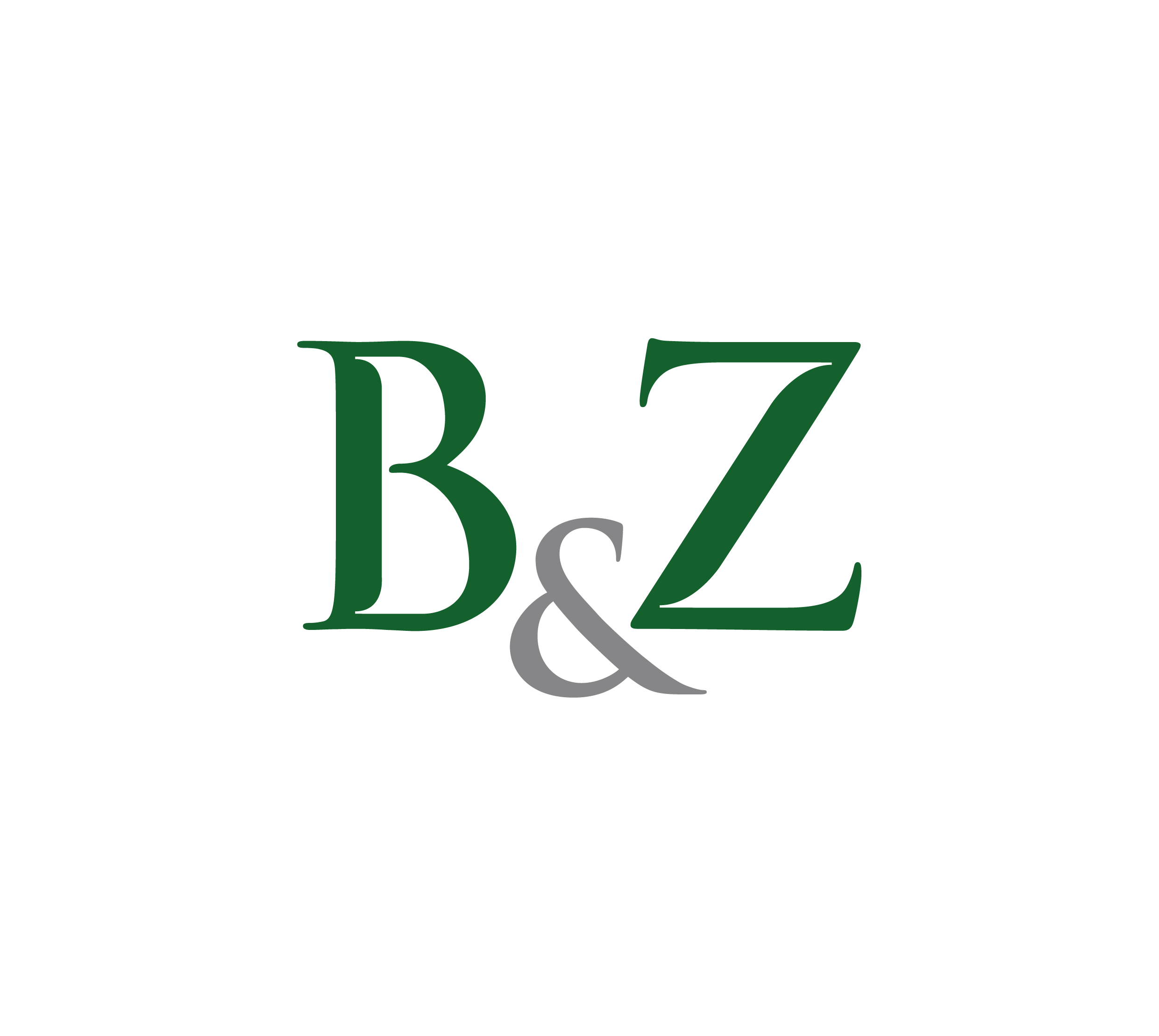On April 17th the inauguration of the 57th edition of the Design Week has been held in Milan. The prestigious event took place, as stated in a press conference on February 7th, “with Milan at the center of the renewal process, the Design Week opens, acting as a starting point towards a new way of thinking of the event and the city, to consolidate the internationalization process and the leadership role achieved over the years.”
In fact, the numbers of the previous edition were very auspicious. The city of Milan and Italy were confirmed as reference points for design and innovation, recording over 343 thousand visitors from 165 countries (10% more than the 2015 edition). With 1,500 events organized, the city attracted almost 500,000 people, with an estimate for the tourism industry of about 230 million euro.
The furniture industry in Italy is among the most important in the manufacturing sector. According to data released by the World Furniture Outlook, in the period of 2010-2016 our country was the third largest exporter in the world, positioning itself behind Germany and China. Il Sole 24ore reports revenues of 41 billion euros for 2016 with an industry that employs over 320,000 people.
Our competitive advantage is, above all, in design. This term, which has been in use since the second half of the last century, is summarized as — according the definition set forth by the UIBM — “the search for a perfect symbiosis between form and function, integration as effective and harmonious as possible between technological and functional aspects and aesthetic-formal qualities”. A design object, therefore, combines the aesthetic aspect and the formal research with the adoption of functional and innovative technical features and solutions.
Italy has an excellent international reputation in terms of design with over 70 companies ranked in the IF product design award and with famous industrial products presented at the permanent exhibition of MOMA in New York.
However, even the design sector is not immune to the risks of counterfeiting. Fraudulent imitation of a product damages the industry and generates unfair competition. The damage causes a crisis in turnover and consequently undermines the company’s ability to invest resources in research and development — especially necessary for the development of more innovative products.
According to World Bank estimates, reported in the World Development Report, the total volume of counterfeited products has a global value of 350 billion euros. Despite the difficulty in accurately quantifying the damage of counterfeited design products, in 2013 Federlegnoarredo had widespread alarming data: the turnover of counterfeiting in the world of design and furniture would have a value of 5 billion euro (1.4 only in Italy).
But what is counterfeiting of a design product, given the peculiarities of this sector? The Italian Patent and Trademark Office gives some examples. In addition to the attempted copy of a product, minor variations can be introduced in the latter to make the new object confusing with a registered design — the simplest way to mislead the consumer. To this, the attempt to counterfeit the trademark can be added. The latter phenomenon often has the specific purpose of exploiting the prestige of Made in Italy.
How can we defend ourselves from the phenomenon? According to the UIBM, the problem is first of all culture: there should be a sense of responsibility on the part of consumers. In fact, there is awareness of the purchase of a copy: the purchase of the fake is preferred for its low cost. In any case, you should still be wary of products offered at a bargain price, and you should contact authorized dealers who can provide the necessary guarantees on the originality and origin of the product. Attention should be paid even when shopping online. In fact, the internet is often the preferred channel for the unwitting purchase of counterfeit goods.
Italian law provides companies with various tools to protect design. The first is the registration of designs, which allows an innovative form or decoration to be exploited in an exclusive way. The application procedure has a certain complexity, since the design must show that it has the requisite character of novelty and individual character compared to already known products to an informed user.
The second tool available is copyright. In this case the artistic value is safeguarded. The law also protects the distinctive forms of a product, depending on the area it belongs to. For example, famous soft drinks or alcohols have bottles with an unmistakable look — which recall unequivocally the entrepreneurial reality from which they derive.
Companies can protect the competitive advantage of their product design thanks to an adequate protection strategy. Thanks to a team of consultants with solid legal and technical backgrounds, Barzanò & Zanardo has developed a path to accompany the entrepreneur through the various phases that lead to the registration of a design. First of all, it is necessary to understand the history of the company and to analyze the peculiarities of the product from every point of view. Strengths and weaknesses must be identified. You can even propose to the designer improvements to increase the chances of registration.
Together with the company, a filing strategy is drawn up taking into account the budget allocated, markets of interest and the instruments available. The team follows the process of preparing and filing the application, helping to obtaining the registration and keeping it alive. Barzanò & Zanardo‘s consultancy continues after this phase, through careful market surveillance, to help the client identify any violations and take the appropriate legal countermeasures, or assist in the negotiation of sale or licensing of the various IP rights.
